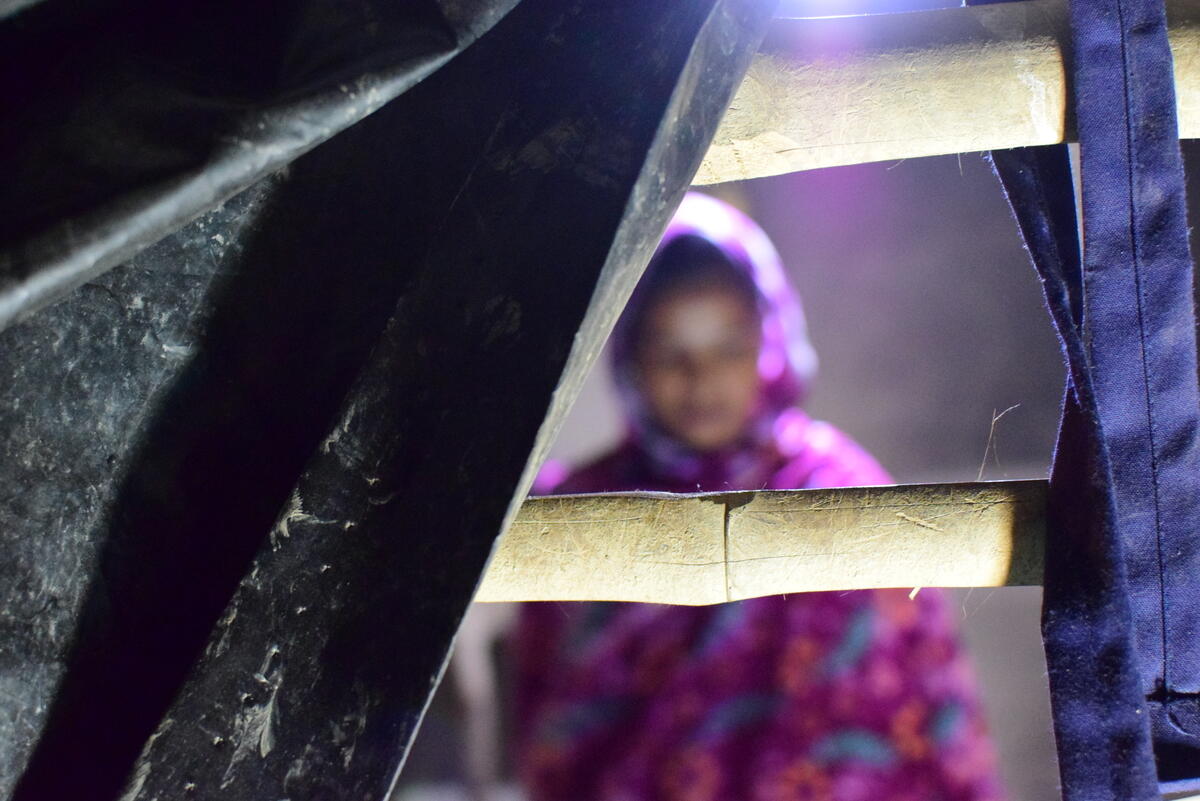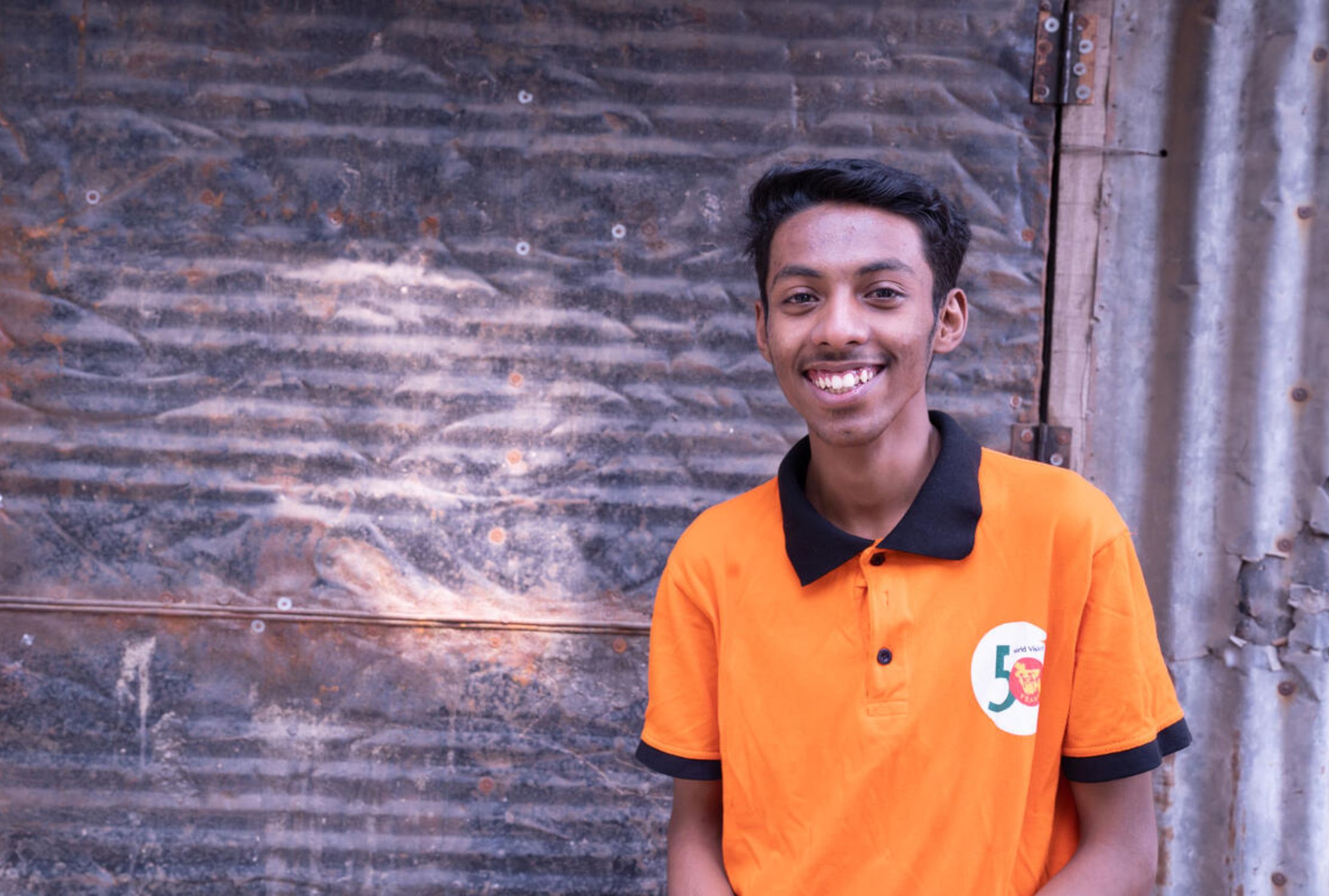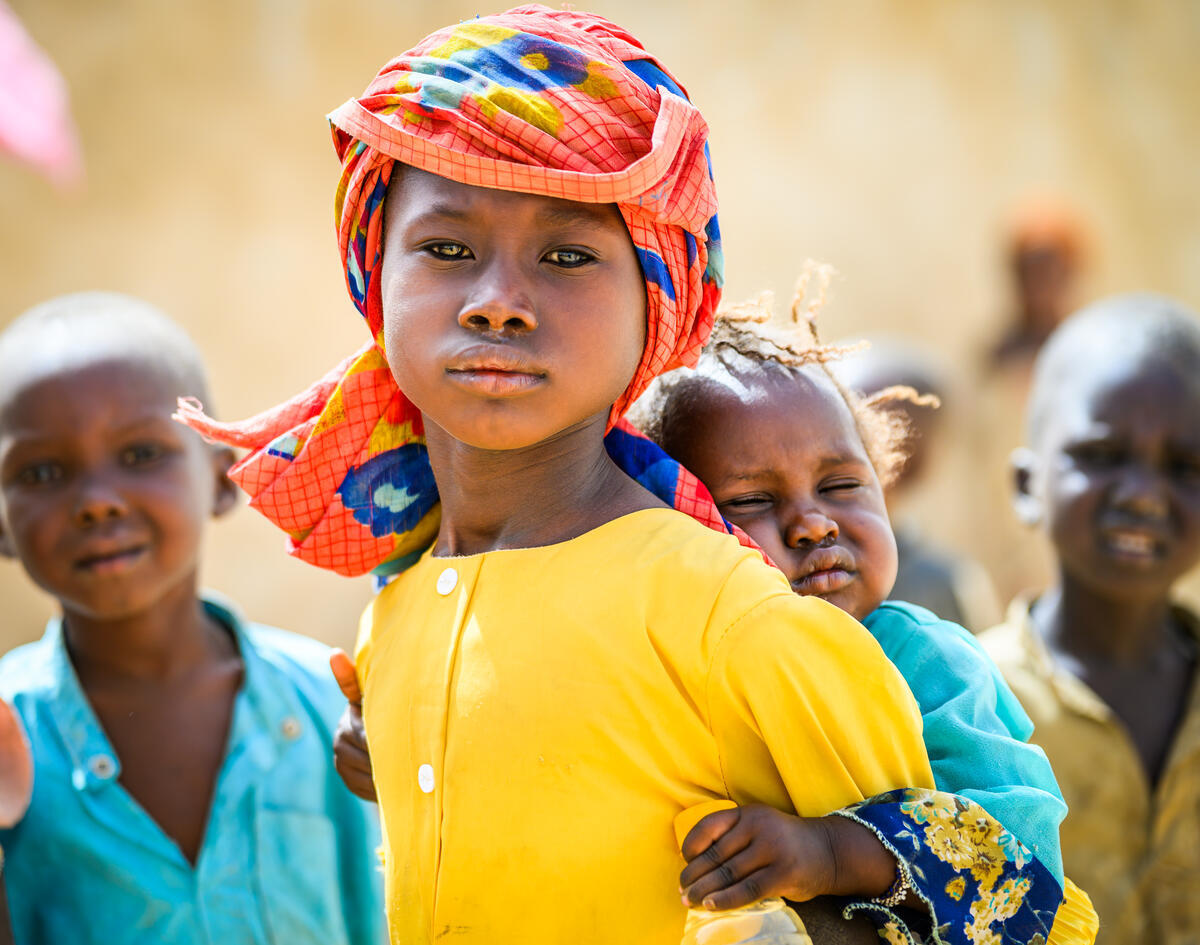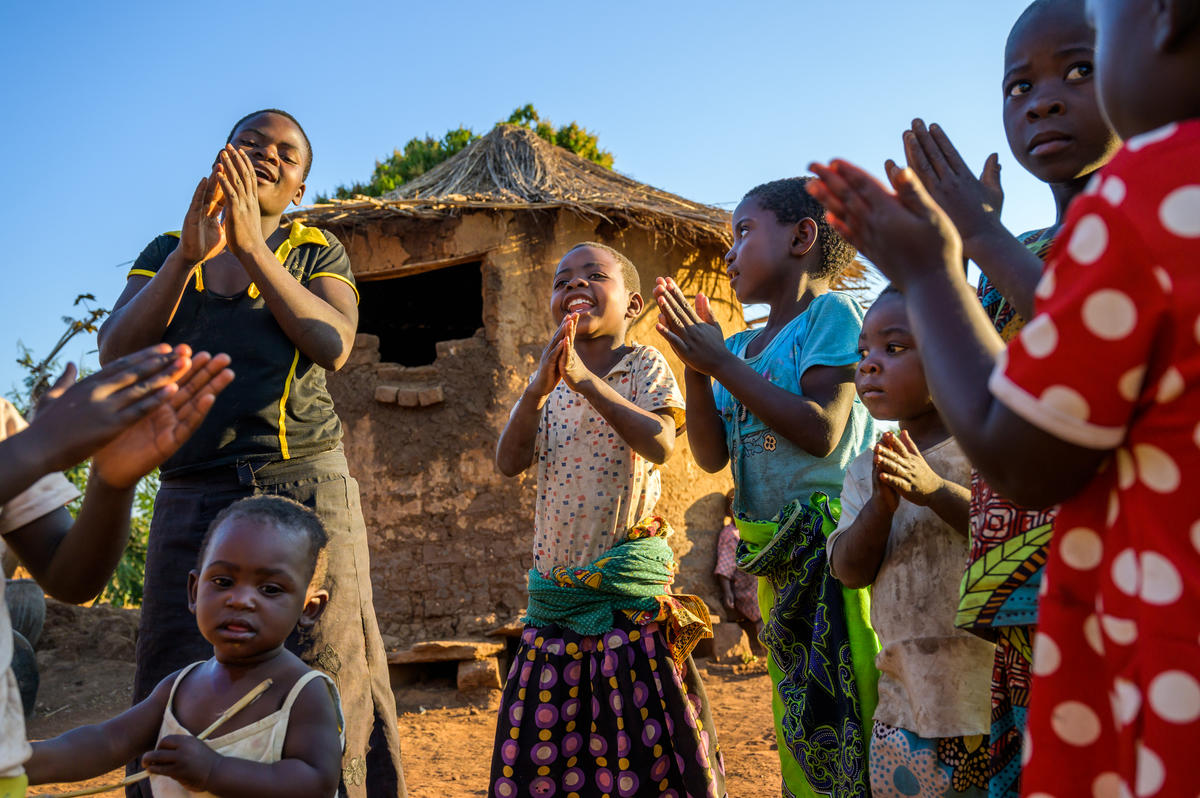Across the globe, millions of people are victims of trafficking, but children are most vulnerable.
As a children's charity, World Vision works with families and communities to protect children from human trafficking. We focus on identifying signs that make children more vulnerable to harm, and we support families to tackle the root causes of child trafficking.
What is child trafficking?
Human trafficking is defined as the recruitment of a person by force, coercion, abduction, or deception for the purpose of exploitation. Children who are trafficked are often forced into dangerous work, robbing them of their childhood and dignity.
According to the United Nations women and girls are subjected to greater violence at the hands of traffickers. It's reported that children experience physical or extreme violence at a rate almost two times higher than adults, with a large number of girls trafficked for sexual exploitation.








